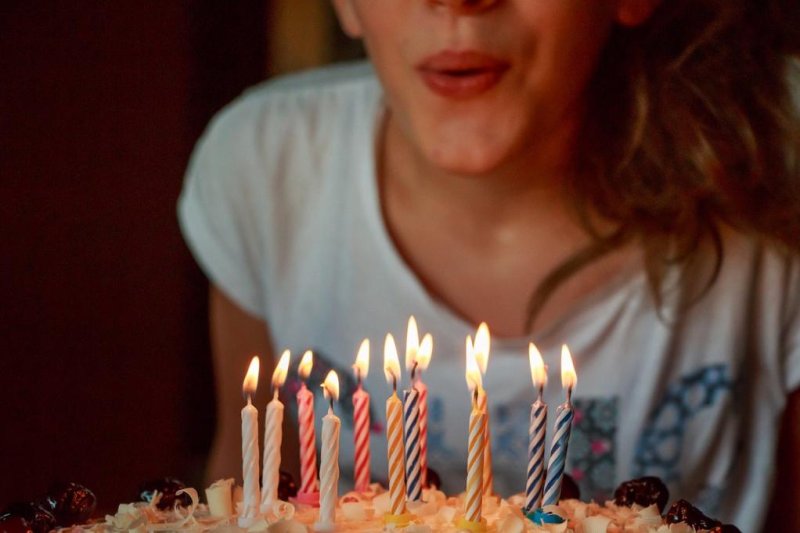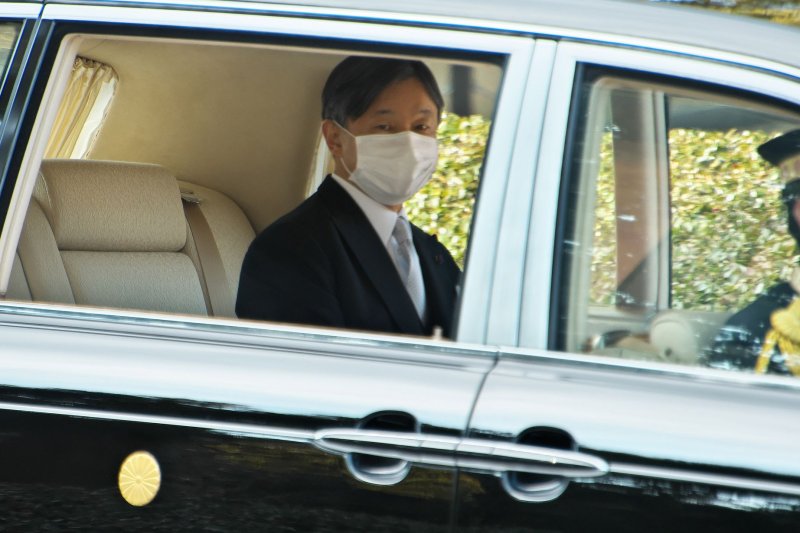
New research shows that small gatherings -- specifically linked to birthdays -- preceded increases in COVID-19 case numbers during the pandemic. Photo by profivideos/Pixabay
June 21 (UPI) -- Small social gatherings can fuel the spread of COVID-19 in areas with high infection rates, an analysis published Monday by JAMA Internal Medicine found.
This is particularly true in areas in which spread of the virus is high, the researchers said.
Infection rates were 31% higher among households in high-transmission areas in which a member celebrated a birthday, the data showed.
They were about 57% higher in households in which a child celebrated a birthday and about 22% higher in those in which an adult did so.
"Informal gatherings, such as birthday parties, are still an important source of COVID-19 transmission that have received less attention up until now and should not be overlooked by the public," study co-author Christopher Whaley told UPI in an email.
"Many policies designed to slow COVID-19 spread previously were targeted at formal gatherings [such as] work, travel, dining, etc., but our findings suggest that [informal] gatherings may have deserved additional focus," said Whaley, a researcher with the RAND Corporation in Berkeley, Calif.
The findings are based on an analysis of COVID-19 in 2.9 million households nationally, from the beginning of the pandemic through Nov. 8 of last year, using a health insurance database from Castlight Health, a healthcare research company.
The goal of the study was to assess the risk for COVID-19 spread associated with "small social gatherings" by comparing changes in infection rates following "important life events, specifically birthdays," researchers said.
The overall prevalence of the virus at the time of the study was 28 cases per 10,000 people in the general population.
Households located in areas with high virus spread in which a member celebrated a birthday within the past two weeks had 8.6 more cases per 10,000 people in the general population compared with households without birthdays in low-spread areas.
There were 16 more cases per 10,000 people in the general population among households that celebrated a child's birthday and six more in those in which an adult's birthday was observed.
The findings suggest that birthdays, which "likely correspond with social gatherings and celebrations," are associated with increased rates of diagnosed COVID-19 infection within households in counties with high COVID-19 prevalence, the researchers said.
"Choosing safe activities depends on whether you have been vaccinated for COVID-19," Dr. Dena Bravata, chief medical officer at San Francisco-based Castlight, told UPI in an email.
"Every family or group should discuss and evaluate what's best for their specific circumstances, [but] if you haven't been vaccinated, you must continue to take prevention measures such as wearing a mask, staying 6 feet apart and washing your hands," she said.















